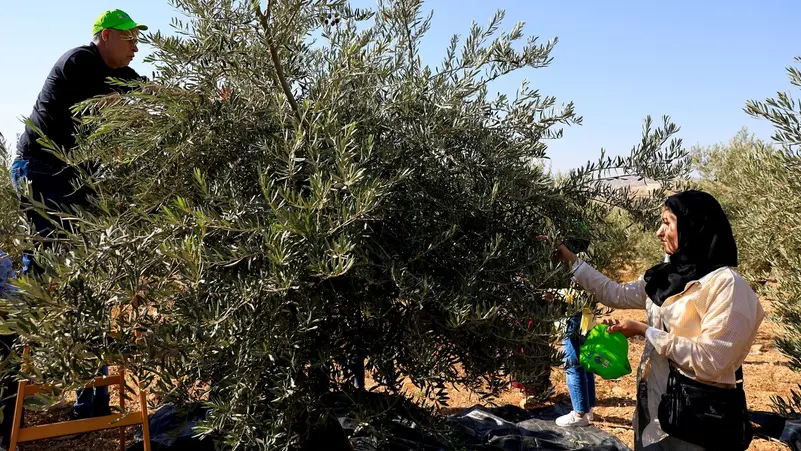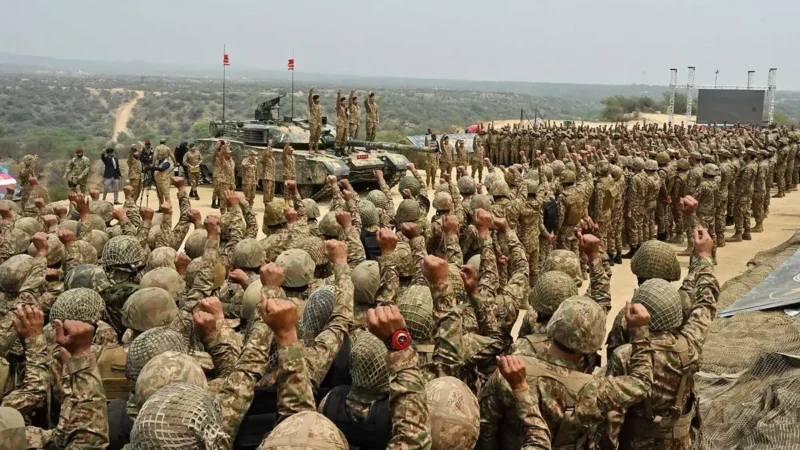Everything you need to know ahead of Iran’s June 28 presidential election
Iranians are set to vote in a snap presidential election on Friday to choose a successor to Ebrahim Raisi, who died in a helicopter crash last month.
The election occurs against a backdrop of escalating regional tensions due to the Israel-Hamas war in Gaza, increased Western scrutiny over Iran’s advancing nuclear program, and mounting domestic unrest over political, social, and economic crises.
While the president manages day-to-day government affairs, real power over key issues such as Iran’s nuclear program and foreign policy rests with the supreme leader.
Analysts suggest Supreme Leader Ali Khamenei seeks a fiercely loyal president who will align with his views. Khamenei, 85, has held his position since 1989.
Out of 80 applicants, the Guardian Council – a body of clerics and jurists under the supervision of Khamenei – approved six candidates for the election: five from Iran’s conservative political camp and one associated with the reformist camp.
Meet the six candidates
- Mohammad Bagher Ghalibaf: A former Islamic Revolutionary Guard Corps (IRGC) commander, Ghalibaf is the current speaker of parliament. Seen as a close ally of Khamenei, Ghalibaf has previously run unsuccessfully for president. As Tehran’s mayor, he helped suppress the 2009 protests against alleged election fraud and has a history of quelling dissent.
- Saeed Jalili: A 58-year-old ultra-conservative politician and former senior nuclear negotiator, Jalili is also considered close to Khamenei. Known for his hardline stance, he earned the nickname “The Living Martyr” after losing a leg in the Iran-Iraq war. Jalili opposes negotiating with the West over Iran’s nuclear program and has targeted rural voters in his campaign. He ran in Iran’s 2013 presidential election and registered in 2021 before withdrawing to support Raisi. Current CIA director Bill Burns, who dealt with Jalili in negotiations in the past, has described him as “stupefyingly opaque” in talks.
- Masoud Pezeshkian: The only candidate not from the conservative camp, Pezeshkian, an Azeri lawmaker, is associated with the reformist camp and has served as a health minister and parliament member. His campaign focuses on youth, women, and ethnic minorities, but his chances are slim given the widespread voter apathy. The 69-year-old heart surgeon, who was barred from running in the 2021 presidential election, has said he wants to renegotiate with the West to try and restart some version of the 2015 nuclear deal.
- Mostafa Pourmohammadi: The only cleric in the race, Pourmohammadi has a controversial history, including alleged involvement in the execution of political prisoners in 1988. He has never addressed these allegations publicly. Pourmohammadi served as interior minister from 2005 until 2008. He is considered a long-shot candidate with minimal chances of being elected.
- Alireza Zakani: The current mayor of Tehran, Zakani, 58, aims to boost Iran’s economy through non-dollar-based trade and added-value oil products. He has promised free healthcare and cash payments but has provided few details on achieving these goals. He withdrew from the 2021 presidential election to back Raisi. Zakani has said he believes Iran can neutralize the effects of international sanctions but should pursue a diplomatic solution. Despite his ambitions, Zakani is also seen as a minor candidate in the race.
- Amirhossein Ghazizadeh-Hashemi: The incumbent vice president and head of the Martyrs’ Foundation, Ghazizadeh-Hashemi previously received low votes in the 2021 presidential election. He is viewed as another candidate with little chance of winning.
The three frontrunners are considered to be Ghalibaf, Jalili and Pezeshkian.
Khamenei’s influence
Khamenei has not publicly endorsed any candidate. However, remarks in a televised speech on Tuesday suggested a preference against Pezeshkian.
“One who thinks that nothing can be done without the favor of America will not manage the country well,” the supreme leader said, without naming any candidates.
Pezeshkian has urged Iran to return to the 2015 nuclear deal and increase its outreach to the West.
Succession
The election’s outcome is crucial for determining the future of Iran’s leadership, as the next president will likely be involved in selecting Khamenei’s successor.
Raisi was widely seen as a potential successor to Khamenei, and his sudden death has sparked a race among hardliners seeking to influence the selection of Iran’s next top leader.
Voter turnout and legitimacy
During his speech on Tuesday, Khamenei called for a high turnout that he said “will silence the Islamic Republic’s enemies.”
Many Iranians are expected to abstain from voting due to limited choices, ongoing crackdowns, and declining living standards.
Khamenei’s call comes after a parliamentary election that saw a record low turnout earlier this year. The Islamic Republic has traditionally relied on voter turnout to demonstrate its legitimacy.
Reformists have been urging the public to vote for Pezeshkian, but their electoral strength remains uncertain as some voters believe they failed to deliver greater freedoms during their past tenures in power.
Unrest sparked by the death of Mahsa Amini, a young Iranian Kurdish woman, in custody in 2022, exposed a widening divide between reformists and their power base, after reformist leaders distanced themselves from demonstrators who demanded a “regime change.”
Reformists remain faithful to Iran’s theocratic rule but advocate detente with the West, economic reform, social liberalization and political pluralism.
Iranian dissidents, both domestically and abroad, have called for an election boycott, distributing the hashtag #ElectionCircus widely on the social media platform X, arguing that a high turnout would legitimize the Islamic Republic.
All Iranians aged over 18 can vote, which means that over 61 million of Iran’s more than 85 million people are eligible to cast a ballot.
All votes will be counted manually so the final result may not be announced for two days, although partial results may appear sooner.
If no candidate wins at least 50 percent plus one vote of all ballots cast, including blank votes, a run-off round between the top two candidates is held on the first Friday after the election result is declared.






